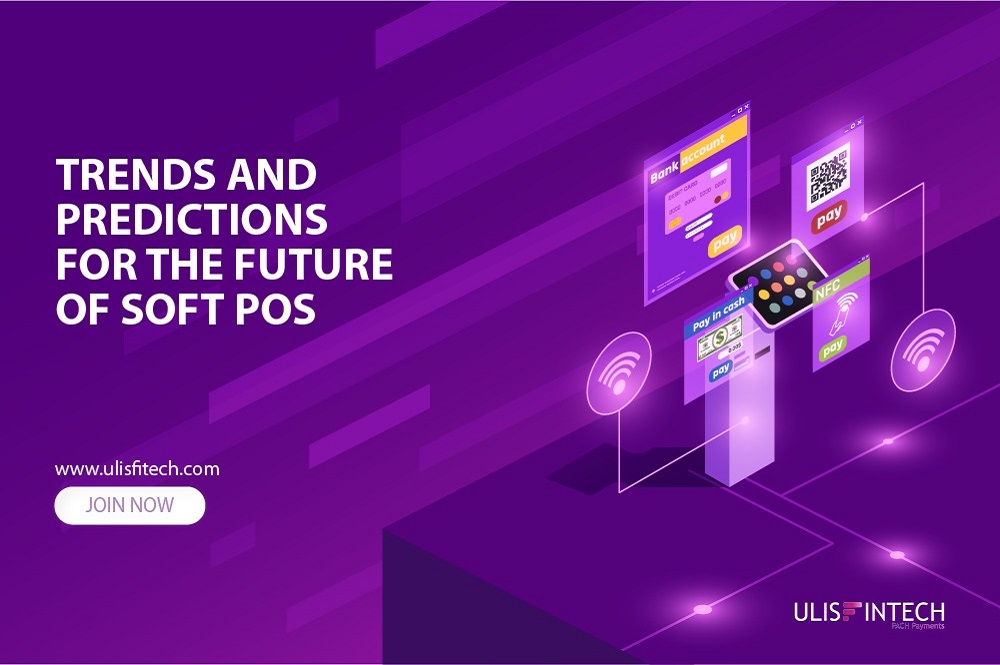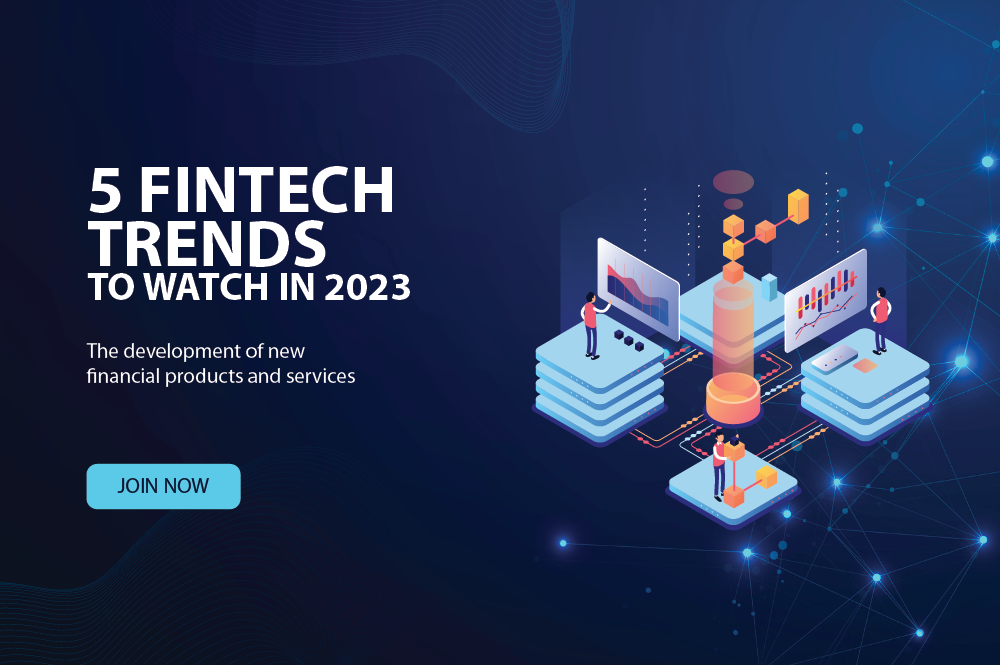Relation of Open Banking with PSD2 - A Future Aspect
Mar 31, 2022 - 10 MINS READ

Relation of open banking with PSD2 - A future aspect
The technique of exchanging financial information digitally, confidentially, and only under terms that clients agree to is known as open banking. TPPs can quickly access financial information thanks to application programming interfaces (APIs), which encourage the creation of new apps and services.
You may already be using services that open banking will enhance. Third-party personal financial management (PFM) apps, such as Mint, leverage your bank account information to help you track spending and meet other objectives.
Screen scraping is no longer necessary
The initial generation of PFM applications also referred to as account aggregators, allowed you to use the same user’s name and password that you use to access your bank account.
That was inconvenient and unreliable, and it had to be redone once your bank's website was changed. APIs, on the other hand, provide programs with direct access to certain bits of data, such as your account balance or specific transaction information. Furthermore, you are not required to disclose your password to anybody.
Changes coming due to open banking
Open banking initiatives are significant for banks, authorities, and TPPs. In the long run, customers should have more alternatives for managing their money, financing, and making payments.
- Banks are under pressure
While open banking allows TPPs to have access to bank information, banks may elect to improve the services they provide. Banks can compete with enhanced PFM tools and clear, competitive pricing instead of allowing others to dictate the communications they get.
- Additional Resources
More third-party PFM solutions are on the way. With open APIs, software companies will have an easier time assisting you in gaining control of your expenditure. They may be able to foresee occurrences in your account or recommend goods that will save you money using artificial intelligence. Of course, some applications may not propose the finest items and services—rather, they may promote those that pay referral or affiliate fees—so select your tools cautiously.
- Streamlined Financing
Then gathering information from many sources and manually presenting it to a potential lender, customers may allow lenders to simply take what they need and make them a better offer.
- Loans for Businesses
If your small business needs a loan or a line of credit, lenders may want to go through your records. Rather than generating reports that may be inaccurate by the time lenders see them, lenders may be able to acquire all of the data they want from your financial and banking system.
- Accounting Automation
Simpler and less costly accounting systems may help both firms and consumers. When you transmit and receive payments, linked systems can update instantly, saving you time when it comes to tax preparation.
- New Payment Options
Banks must enable third-party payment initiators to commence payments on your behalf under the European Commission's Second Payment Services Directive (PSD2). Again, this isn't necessarily new (you've definitely used Venmo and PayPal, which are both non-bank products), but it will make it easier for more service providers to handle payments.
PSD2 and Open Banking are impacting the way payments are made in the future
While these conferences are frequently long on vision, they may be short on reality at times, and it is generally at this moment of convergence that the need for good old regulation comes into play.
- Creating a level playing field
The implementation of the second Payment Services Directive (PSD2) earlier this year expanded on the initial effort with the goal of leveling the retail banking playing field in favor of customers. That, at least, is the vision.
Leveling the playing field in payments comes especially from financial institutions opening up the commencement of payments and information services to other firms to which consumers may desire to grant access to their data.
FinTech-focused payment organizations, technological service providers, and more generalist communications networks are examples of such businesses.
- FinTech is the enabler.
These interactions, like all others, are frequently dependent on long-standing legacy systems, and it is in this area that the PSD2 guideline may provide genuine scalability.
While conventional providers and FinTech firms are not diametrically opposed, those younger, nimbler, and digitally adept firms are increasingly able to offer better services to people formerly excluded by old-school methods and bureaucracy.
PSD2 was designed with the understanding that payments are only one component of a larger ecosystem that includes other aspects of international trading activities such as financial transactions, logistic support, regulatory equivalence, and currency, and it is in this area that the initiative will have the most impact in the future.
- Keepers of the data
However, none of this would be feasible without access to client data.
The General Data Protection Regulation (GDPR) imposes an unprecedented responsibility on data holders to keep, transmit, and use data in conformity with the new requirements.
GDPR violations are severely penalized - up to 5% of a company's global revenues – so a data breach is not only a reputational danger but, in many circumstances, an existential one.
As a result, trust is a critical dynamic in all of this. Customers stay loyal to their heritage banks despite the global financial crisis and countless following scandals in the financial services industry.
This is where the power of Open Banking and PSD2 shines through. As long as new fintech companies and financial services companies can demonstrate their trustworthiness, consumers will be more encouraged to switch sides.
EndNote
Despite all of the aforementioned concerns, the true success of PSD2 will be mainly contingent on how well-regulated the project is.
While this may seem like an interventionist politician's dream, when a game-changing regulatory change like this is implemented, its efficacy is defined by its maintenance and growth.
PSD2 will not be an overnight success without the proper investment and regulation, just as Rome was not built in a day.
PSD2 has been in effect for just over eight months, and while it is still too early to declare it a success or failure, it remains the most interesting regulatory reform for FinTech since its inception some years ago.







